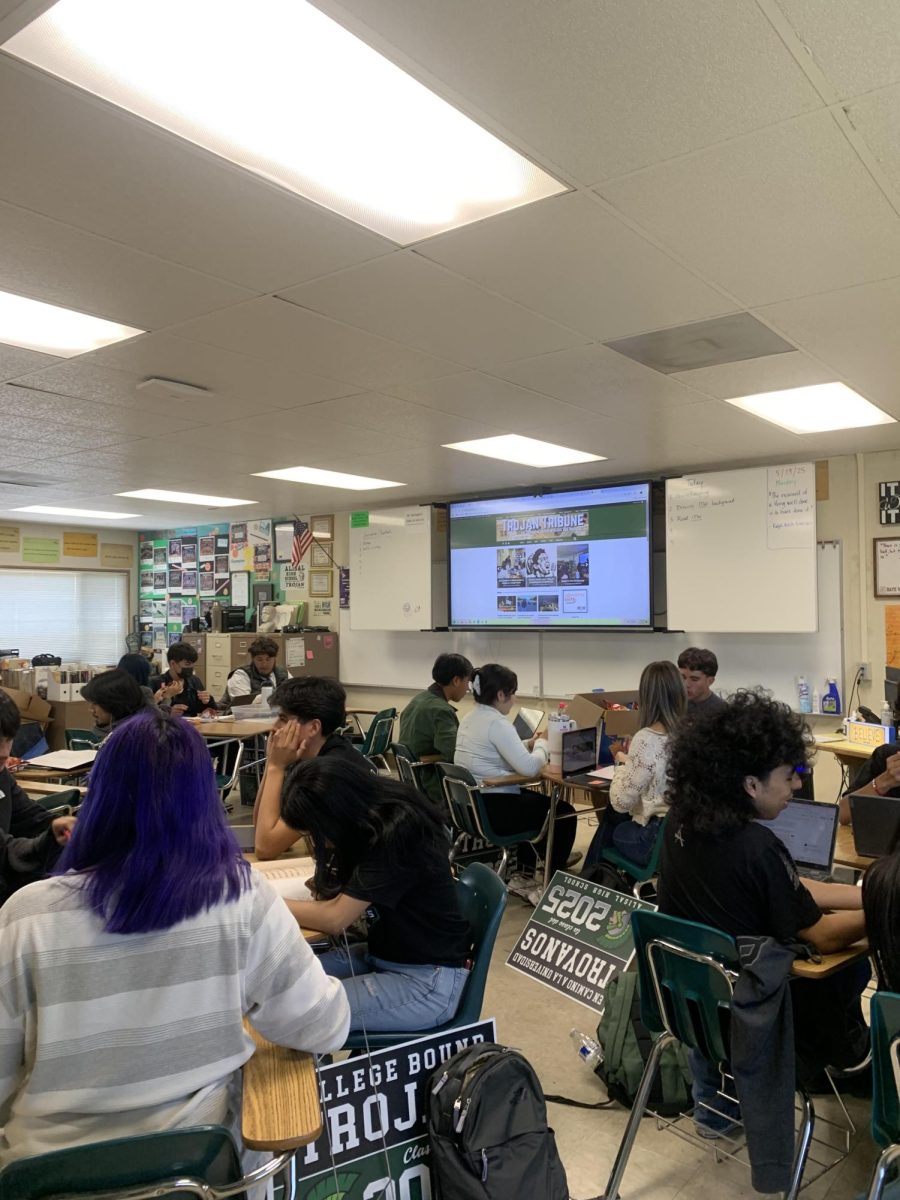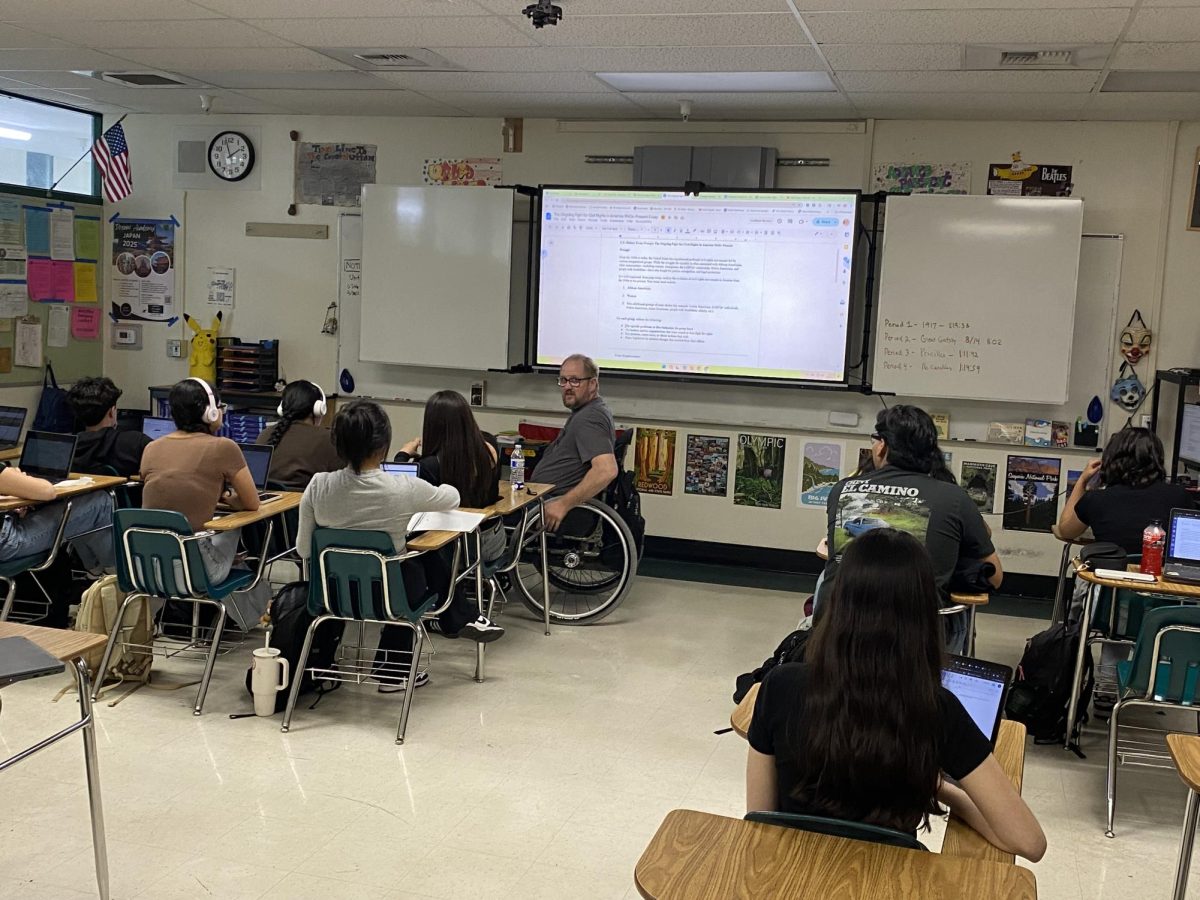Many people see college as a route to success that can lead to better-paying jobs and an overall improved quality of life. However, for students from low-income families, the high cost of tuition can make this path feel impossible.
This financial challenge creates an unfair situation, making it harder for these students to compete with their wealthier peers. When college is too expensive, many students have to reconsider their plans for the future, which can limit their opportunities and make it tougher to escape poverty.
Despite these difficulties, students shouldn’t feel like they don’t have options. In addition to government financial aid, some colleges have started offering free tuition programs to help high achieving students access higher education, no matter their financial situation.
Over the past forty years, college tuition costs have skyrocketed, creating serious financial problems for many students and their families. According to the Best Colleges, the average cost of attending a public four-year university in the U.S is around 40,000 and has increased 136% since 1980, while private colleges can cost up to $230,000 for a four-year degree.
This rise in tuition is much higher than inflation and wage growth, making it hard for families to keep up. For low-income families, this financial strain can be overwhelming. “I think the hard part it’s not just tuition, like tuition is a big chunk but the biggest cost actually is room and board…especially [since] most of our students will get Cal Grant money so they’ll get all of their tuition paid for so even if its a CSU or UC all of its completely paid in terms of tuition its having to come up with the living and that’s the most expensive,” Huerta said.
Many students end up taking out loans, which can lead to years or even decades of debt. This debt doesn’t just impact graduates’ financial stability; it also makes it harder for them to make major life decisions, like buying a house or starting a family. Some students have to work multiple jobs to pay for their tuition, which can hurt their academic performance and overall college experience. Juggling work and school often leads to burnout, affecting their mental health and making it difficult for them to fully engage in their education.
While scholarships and Cal Grants can definitely help, having the opportunity to have tuition covered for low income students can be a game changer.
Colleges that have implemented these free programs for low income students who are talented are colleges like The Texas University System, which includes UT Austin, and others like MIT, Carnegie Mellon, St John’s College, and Brandeis University. According to Rachel Treisman from NPR, “The University of Texas, MIT, and other major universities have implemented free tuition programs to help low-income students access higher education without the burden of debt.”
This can be life changing for low income students who want to pursue higher education. They don’t have to worry about the skyrocketing tuition costs and can focus on their education rather than trying to figure out where they are going to get money to pay for their college tuition. “[With] free tuition … I don’t think students would feel restricted to go to one particular institution like community college versus the 4 year university,” counselor Victor Chaidez said.
These colleges are not only helping low income talented students but are also rewarding them for their hard work over the years in high school.
Students in the Engineering Academy said going to a university with free tuition, such as MIT, would be life changing since it is one of the most prestigious universities for engineering. “I would go [to MIT] because [it] is the biggest school there is in the United States for my major which is mechanical engineering, MIT would provide many opportunities for me in the future,” junior Axel Perez said.
The most common requirement is that students and their parents need to be low income and make less than 75,000 dollars a year. The only strings attached with the University of Texas system is that the student needs to be a Texas resident. This requires them to live in Texas for at least a period of 12 months, enroll as a full time student to one of their undergraduate programs, and apply for federal aid.
The requirements vary, but the most common is coming from a low income family. For example, MIT says that if a student’s parents make less than $200k, they would be able to attend with the majority of their tuition paid for. On average, if a student’s parents make less than $100k, then the college says “parents can expect to pay nothing at all toward the full cost of their students’ MIT education.” This is an update to their previous threshold as it used to be if they made less than 140,000. It said in an announcement that 80% of American Households meet the updated threshold.
There are 12 colleges that are offering free tuition to low income students, the majority of them are in Texas, but in California Stanford and UC Berkeley offer it as well.
For students who want to stay closer to home, every community college in California offers the California College Promise which provides free tuition for the first two years. By making college more affordable, institutions can give every student a fair opportunity to reach their full potential.
As of 2025, there is no database that students can get information about which new colleges are entering this free tuition program but a Newsweek article shares that Duke, Princeton and the University of Wisconsin are offering free tuition to help students that are low income. There are multiple articles who mention from time to time which other universities are entering the free tuition program which may help low income students find these opportunities that they might want to take advantage of.























